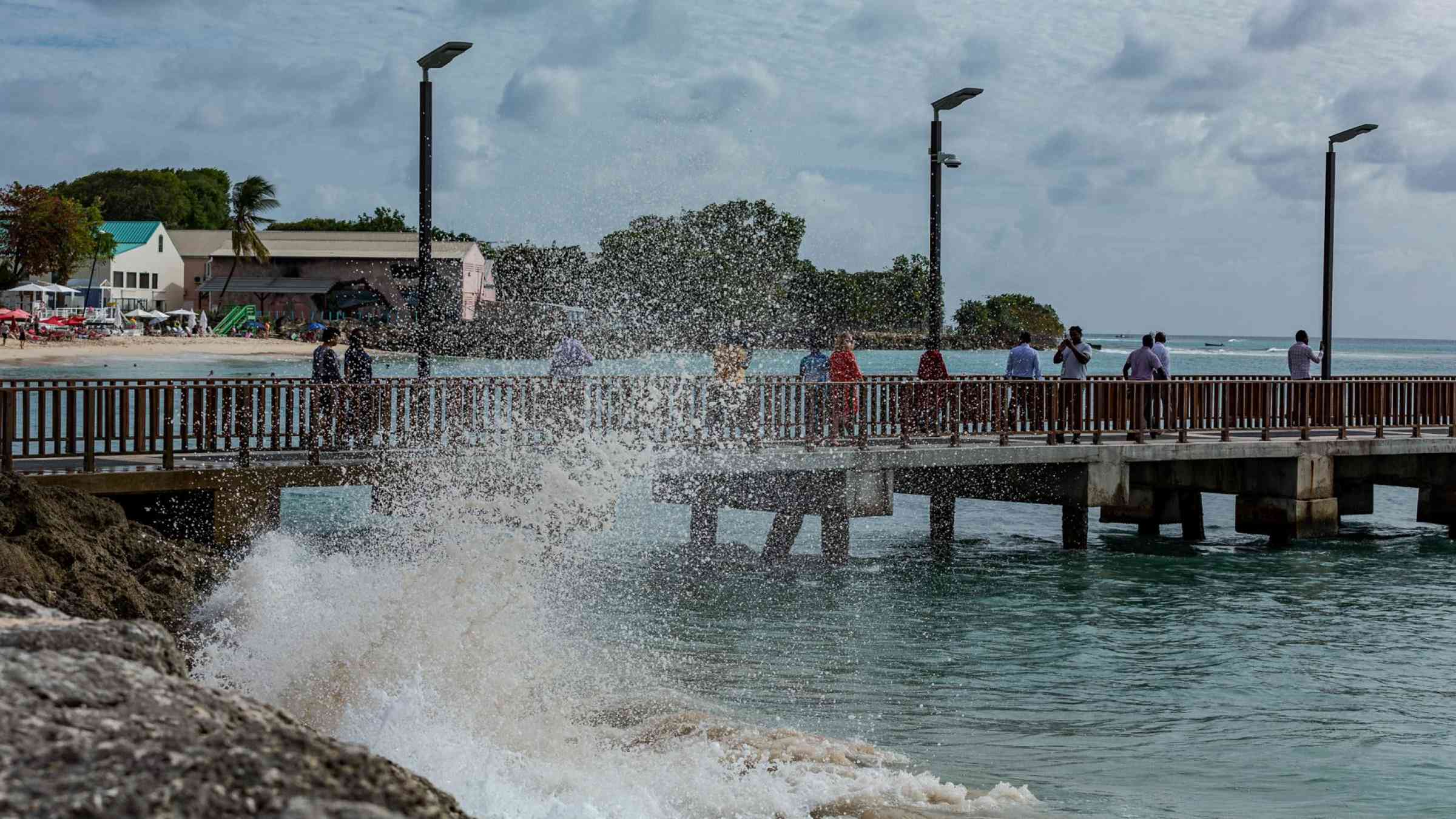Ahead of the storm: An innovative disaster recovery planning tool is now available in the Caribbean

Recovery takes time.
Six years after Hurricanes Irma and Maria, Antigua and Barbuda and Dominica, among other countries, are still recovering from the impact of two of the deadliest hydrometeorological events in recent years, which caused catastrophic damage in the hundreds of millions of dollars.
Events such as these, both more frequent and intense because of climate change, are expected to continue bringing death and destruction to Caribbean countries.
Recovering efficiently from a disaster means a country can quickly get back on the path of sustainable development, especially when using a build back better approach to rebuild in ways that makes it less vulnerable and better prepared for future hazards.
However, to maximize efficiency, recovery needs to be planned. This encompasses institutional, social, economic, and environmental considerations to ensure recovery ultimately builds resilience faster. Balancing and harmonizing immediate response needs with long-term sustainable development is therefore essential when planning for recovery and building a comprehensive and sustainable approach to disaster management.
Aware of the importance of a swift recovery, the Caribbean Disaster Emergency Management Agency (CDEMA), with support from the Canada Caribbean Resilience Facility (CRF), upgraded the recovery section of its Comprehensive Disaster Management (CDM) Audit Tool to include a Sectoral Recovery Capacity Assessment (SRCA).
To provide a deep analytical dive into the recovery capacity of a given sector, the SRCA spans three areas: governance, competencies, and resources and tools. A country’s capacity is rated according to these three areas and a traffic light system is used to present results. These are expected to serve as planning instruments and benefit national governments, sectoral stakeholders, national disaster management agencies, and CDEMA in their efforts to enable a rapid and effective recovery.
Recommendations from the assessment advise the prioritization, design, and implementation of recovery-related capacity-building activities and inform potential investments in recovery by national governments and other development partners.
For example, on the policy side, the tool might support creating rules for different sectors to plan and carry out recovery strategies. It could also recommend making the regulatory environment stronger to manage disasters better by adopting detailed laws and plans about disasters.
Critically, the SRCA simplifies the process of identification of strengths and areas of improvement for an efficient recovery at national and sectoral levels, and the resulting knowledge helps improve recovery capacity and plan for recovery before a disaster strikes. On the physical side, to have a more proactive approach, the SRCA could, for example, encourage hotel owners and other tourism facilities to retrofit assets exposed to climate change and create strategies featuring selected risk reduction interventions or recommend the upgrade of coastal and river defense infrastructure to reduce the risk of flooding and minimize the impact on food production systems.
To date, the SRCA methodology has been applied to three sectors in six countries, namely in Antigua and Barbuda (agriculture), Dominica (tourism), Grenada (housing), Guyana (agriculture), Saint Lucia (tourism), and Saint Vincent and the Grenadines (agriculture).
In the words of Lieutenant Colonel Kester Craig, Deputy External Director of CDEMA, “the methodology is truly invaluable to the CDM Audit process, as it generates country-specific results and drills down on key recovery elements at the sectoral level, pinpointing gaps in recovery planning, identifying opportunities for interventions, and informing actionable recovery strategies before disasters strike.”
This was part of his intervention during a three-day training organized by CDEMA and the World Bank on the application of the SRCA methodology through the use of simulated data and in the larger framework of the Disaster Risk Management cycle and the CDM Audit Tool.
The tool represents a crucial step in the right direction, resulting in a better ability to assess sectoral recovery capacity needs, gaps, and opportunities in the Caribbean, and in increased knowledge and capability to conduct informed key policy updates and design recovery-related interventions. It also provides a structured and analytical approach to disaster recovery planning, offering a way to build back better to create a more resilient future in the face of the ongoing threat of disasters. The CRF and the World Bank remain fully committed to supporting efforts to strengthen recovery systems in the Caribbean and are confident this initiative will make a significant impact in the years to come.